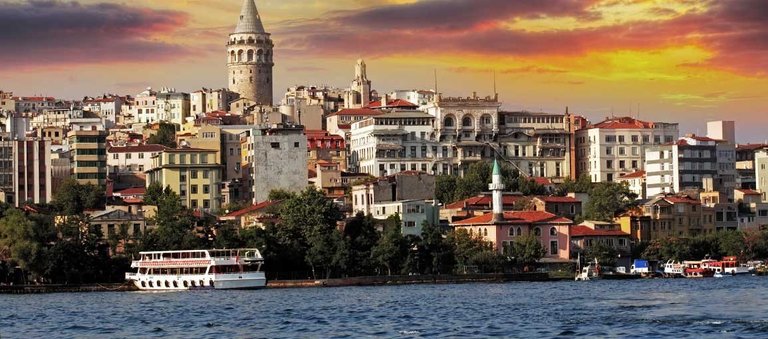
Tourism in Turkey: Cultural treasures inherited throughout the ages, established the Ottoman Empire and made Turkey a jewel of the world. Their nature is geographically and climatically unique. The heart of Asia and the deserts of the Asia-Pacific Black Sea Center include a destination, with mountains as high as Europe. Turkey is a history, a present and a future that has a history of human heritage, a meeting of Mediterranean civilizations with Asian civilizations, and a meeting of the Islamic community with the European community. The visitor will not be bored for a moment to stroll through the Turkish cities and markets, and will not lose sight of its cultural monuments and monuments.Today we will embark together on a trip to Turkey to see the most important tourist areas in Turkey,
Turkey is a country in the Middle East bordered by the Black Sea, Georgia, Iran, Armenia, Iran, southern Iraq, Syria and the Mediterranean Sea. The most important cities of Turkey are Istanbul, Ankara, Antalya and these cities are one of the most important tourist areas in Turkey and start with the tourist areas in Istanbul
It is a rare and special country that is not repeated. A modern secular-Islamic state founded on the ruins of the Ottoman Empire, which has been crowned the throne of the Islamic and Arab region for more than 400 years, and reached the border to the center of Europe. The Republic of Turkey today is a large country (size and number) and has a dual identity: an Eastern Islamic identity and a Western secular identity, which gives it cultural, societal and cultural dimensions that no other country in Asia or Europe
Turkey is an exciting country filled with sea, land and mountain recreation. It is a great place for tourists to choose their activities according to their taste and tendencies, from the big cities and their hardships, to the smallest villages and beyond in the midst of nature.
Turkey is strategically located between Asia and Europe. Asian Turkey separates the European (mainly Anatolia), which comprises 97% of the country, with the Bosphorus, the Marmara Sea and the Dardanelles Strait (which together form the water connection between the Black Sea and the White Sea). Average). European Turkey (eastern Thrace and Romelia or the Balkan Peninsula) comprises 3% of the country's territory.
Turkey has a rectangular length of 1,600 km and a width of 800 km between 35 ° and 43 ° north latitude and 25 ° and 45 ° east latitude. Turkey ranks 37th in the world by area. The country is surrounded by seas from three sides: the Aegean Sea to the west, the Black Sea in the north and the Mediterranean Sea to the south. As well as the Sea of Marmara in the north-west of the country
Turkey's diverse landscapes are the result of complex earth movements that have occurred in the region over thousands of years, and are clearly active in terms of earthquakes and volcanoes to some extent. Large earthquakes occurred in 1999, which led to the death of many.
the climate
Mount Ararat (Agri Daghi) is the highest peak in Turkey at 5165 meters (16,946 feet).
The coastal areas of Turkey bordering the Aegean Sea and the Mediterranean Sea have a mild Mediterranean climate, with a hot and dry summer and mild to cold and wet winters. The coastal areas of Turkey and the Black Sea are characterized by warm, humid, summer, cool and humid winter conditions. The largest amount of rain falls on the Turkish coast from the Black Sea, the only region in Turkey with a high rainfall rate. The average rainfall in the east of the coast is 2,500 mm per year, the highest precipitation in the country.
Turkey's coastal areas overlooking the Sea of Marmara (including Istanbul), linking the Aegean Sea and the Black Sea, have a transitional climate between the temperate Mediterranean climate and the surrounding climate, hot and dry summers and cold and mild winters to cool and humid. Snow does not fall annually every winter on the Sea of Marmara and the Black Sea. On the other hand, it is rare for snow to fall in the coastal areas of the Aegean Sea, and very rare in the coastal areas of the Mediterranean Sea.
Marmaris on the Turkish Riviera.
Winter on the mountains. Temperatures from -30 to -40 ° C can occur in the eastern Anatolia region, and snow remains on the ground for at least 120 days of the year. In the West, the average winter temperature is less than 1 ° C. Summer is hot and dry, with generally higher temperatures 30 ° C per day. Annual rainfall averages 400 millimeters (15 inches). Drier areas are Konya Plain and Malatya Plain, where annual rainfall is often less than 300 millimeters (12 inches). May is the wetest month, while July and August are the driest
Tourism is one of the most important pillars of the Turkish economy, especially in recent decades. The Turkish news agency reported in a report that the number of tourists to Turkey reached 30,929,192 tourists in 2008. Entering the country income of 21.9 billion US dollars. The southern coast is famous for its beauty and long beaches. It is known as the Turkish Riviera, which is similar to the French Riviera and many other tourist areas.
The number of foreign tourists increased significantly in Turkey between 2002 and 2005, from 12.8 million to 21.2 million, making Turkey the world's tenth largest tourist destination. Tourism revenues were $ 17.5 billion in 2005, making Turkey one of the top 10 destinations for the world's highest revenue
Turkey has a very diverse culture and is a mixture of different elements of Ughuz, Anatolia and Ottoman (which in itself were the continuation of Greek, Roman, Islamic cultures, Western culture and traditions, which began with Ottoman alienation and which continues to this day. Of the Turks and their culture with those peoples who were on their way as they migrated from Central Asia to the West.
Turkey was successfully transformed from the Ottoman Empire on the basis of the Islamic religion to a modern nation-state with a strong separation of religion and state, and an increase in the means of artistic expression followed. During the early years of the republic, the government invested a large amount of resources in the fine arts, such as museums, theaters, opera houses and architecture. Various historical factors played an important role in the identification of modern Turkey. Turkish culture is the product of efforts to be a "modern Turkey" Western country, while preserving traditional religious and historical values.
Turkish music and literature form wonderful examples of these cultural influences, which were the result of the interaction between the Ottoman Empire and the Islamic world alongside Europe, contributing to a mixture of Turkish, Islamic and European traditions in modern Turkish music and literary arts. As Turkish literature influenced Persian and Arab literature during the Ottoman era, despite the near end of the Ottoman Empire, especially after the period of regulation, the influence of Turkish and European literary popularity was increasingly observed in tradition. Is a combination of dramatic cultural influences, for example, in the form of «new symbols of the clash of civilizations» published in the work of Turkish writer Orhan Pamuk, winner of the Nobel Prize for Literature in 2006. According to researchers Kunda public opinion, 70% of citizens do not They read Turkish books.
The architectural elements that existed in Turkey are also testimony to the unique combination of traditions that have influenced the region for centuries. In addition to the traditional Byzantine elements found in many parts of Turkey and many later Ottoman architectural artifacts, with an exquisite combination of local and Islamic traditions, they can be found throughout the country, as well as in the former territories of many Ottoman era. Sinan Agha is widely regarded as the greatest architect of the classical period in Ottoman architecture. Since the 18th century, Turkish architecture has been increasingly influenced by Western styles, and we can see this especially in Istanbul where it is built alongside buildings and palaces Dolmabahçe Sirajan next to many modern skyscrapers, all representing different traditions





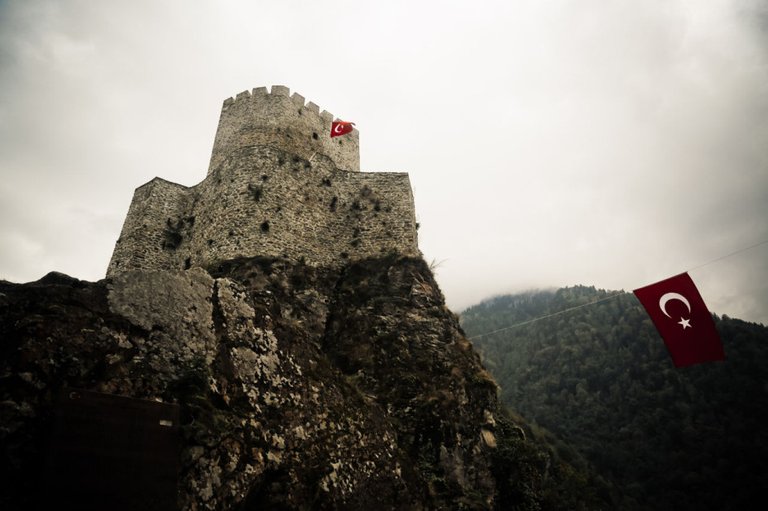
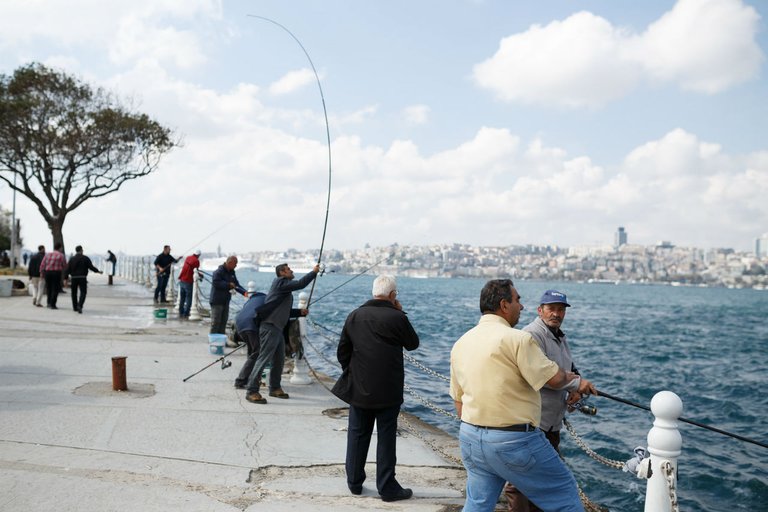
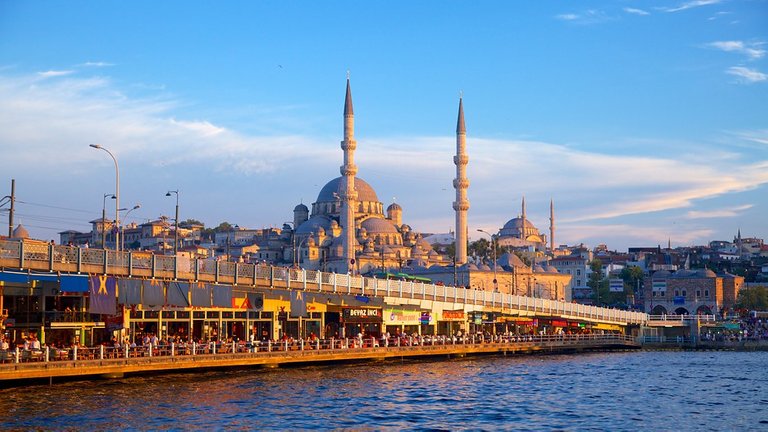
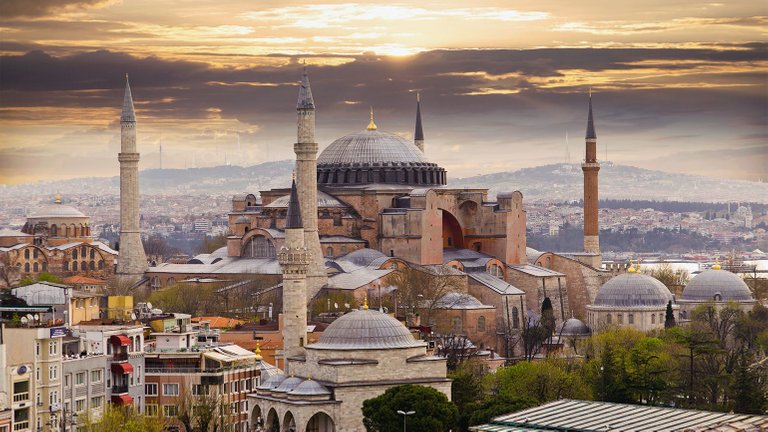

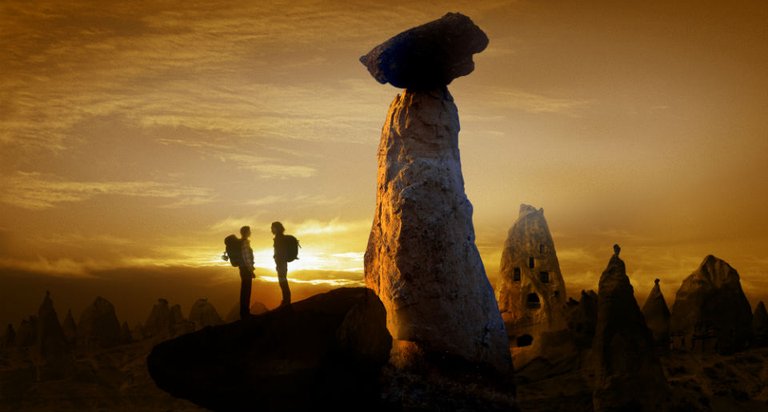
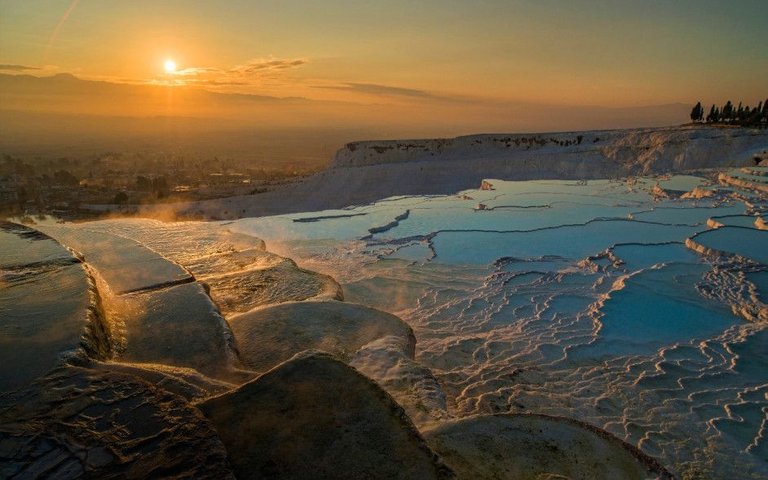

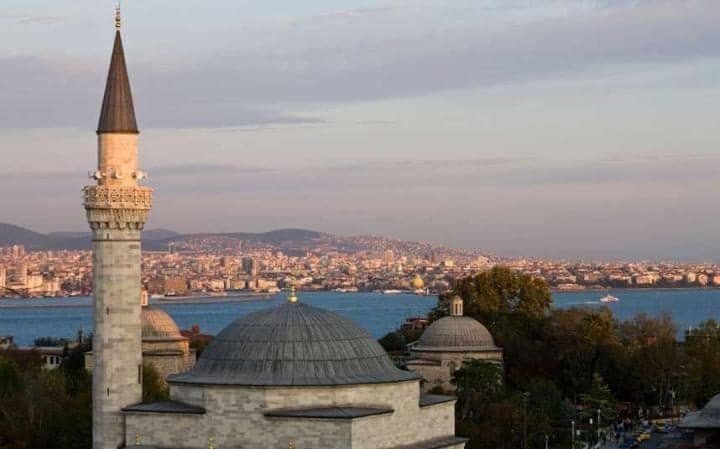
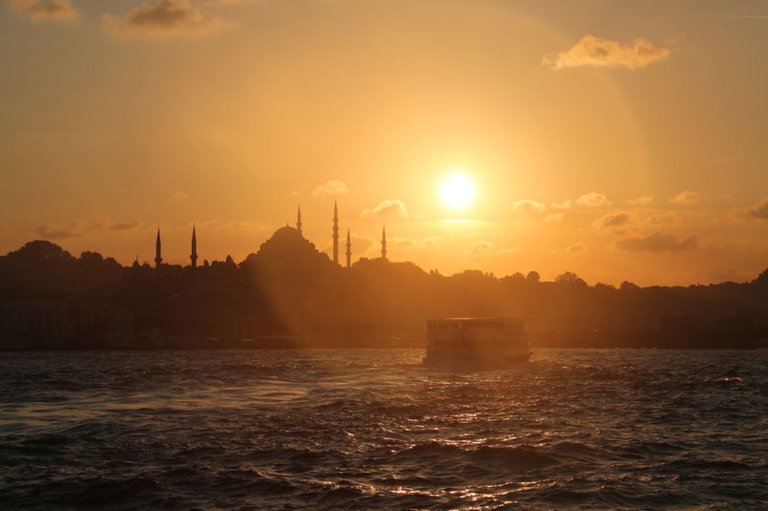
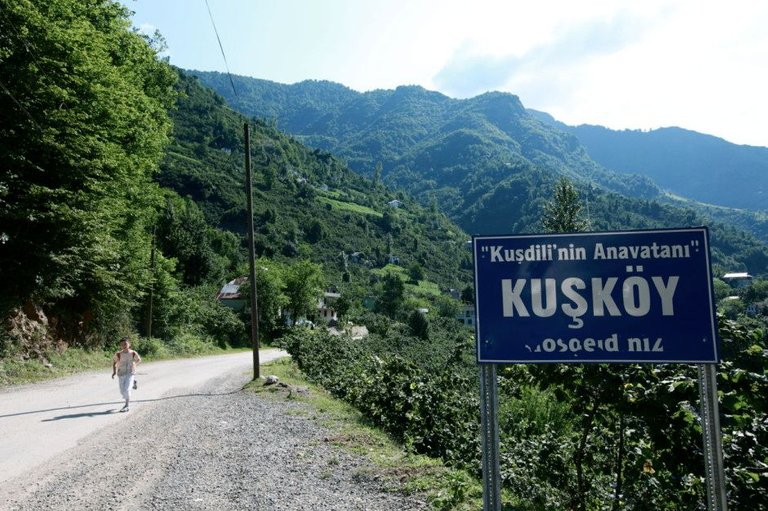
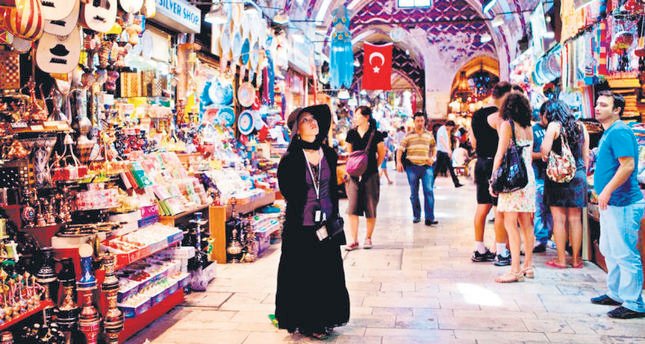
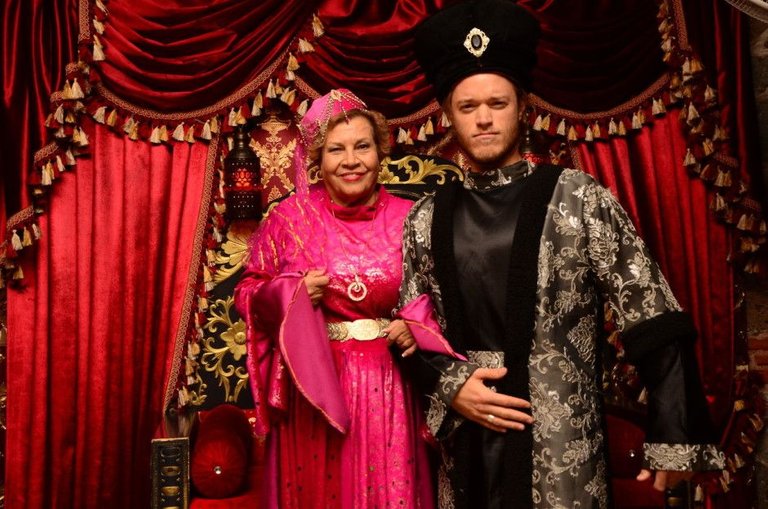
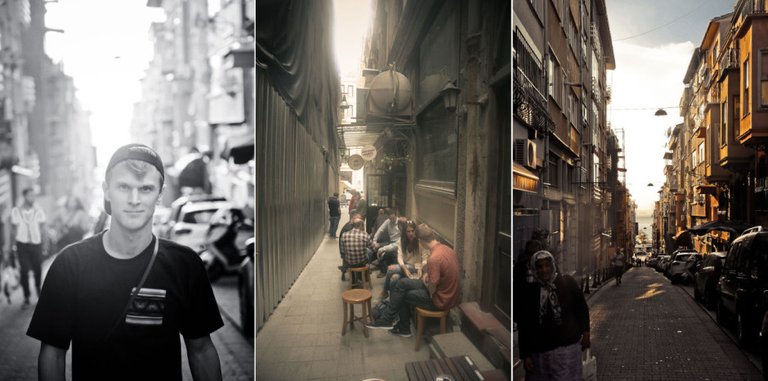
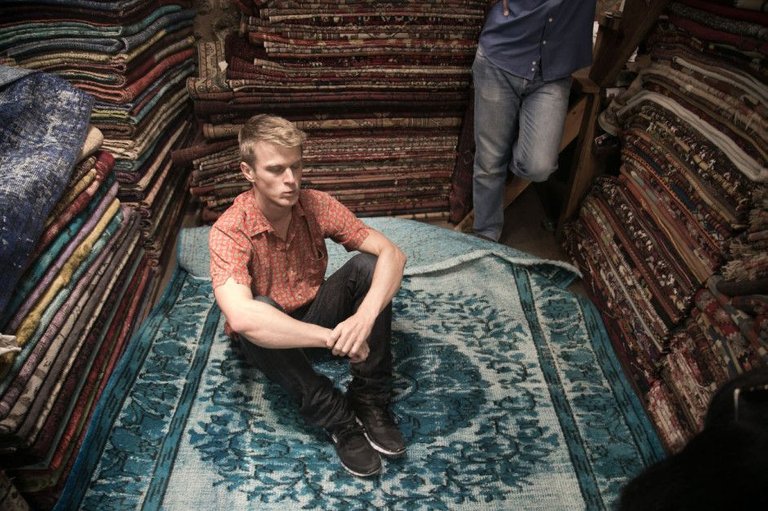


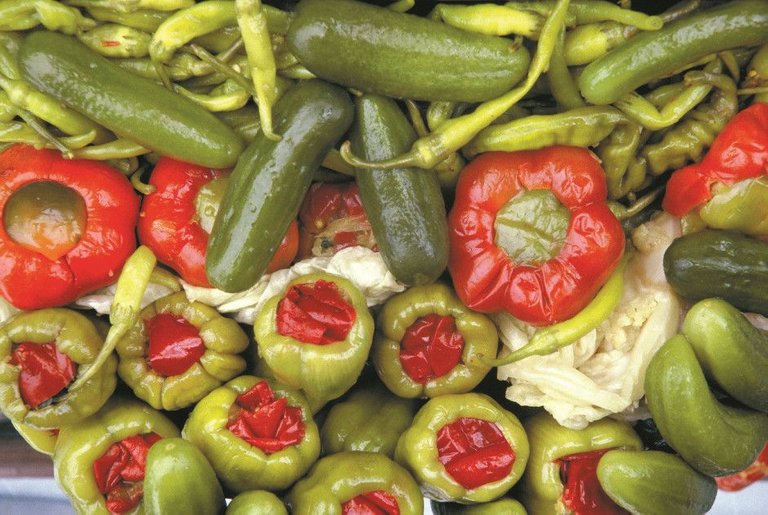


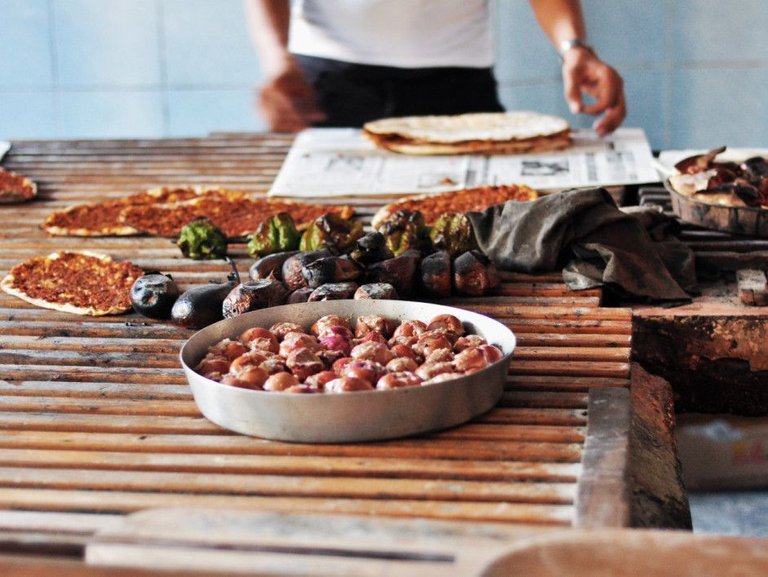

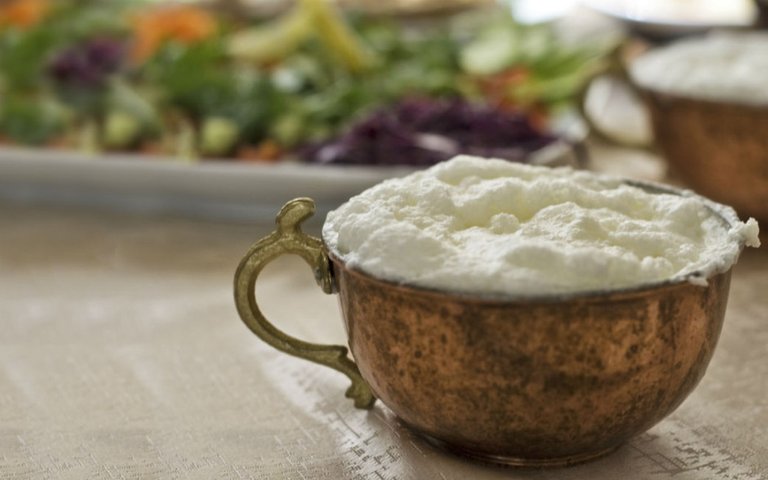

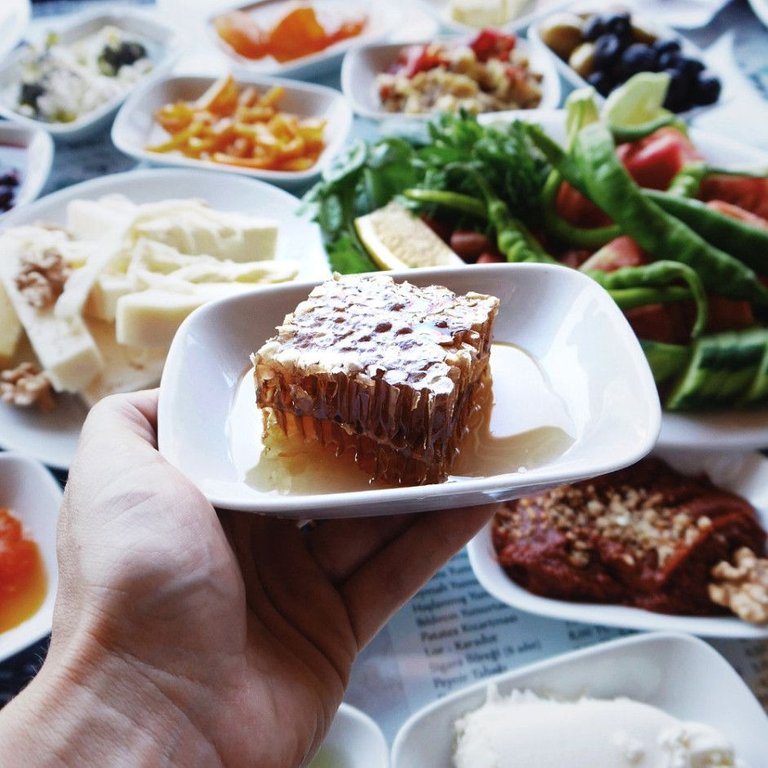
beautiful place and great culture
oh I love Turkey ,I have lived in Istanbul for quiet a whole ,love the atmosphere ,love Ortakoy and Besiktas ,love the Pide and the Dolme <3 Seni Sevoruym